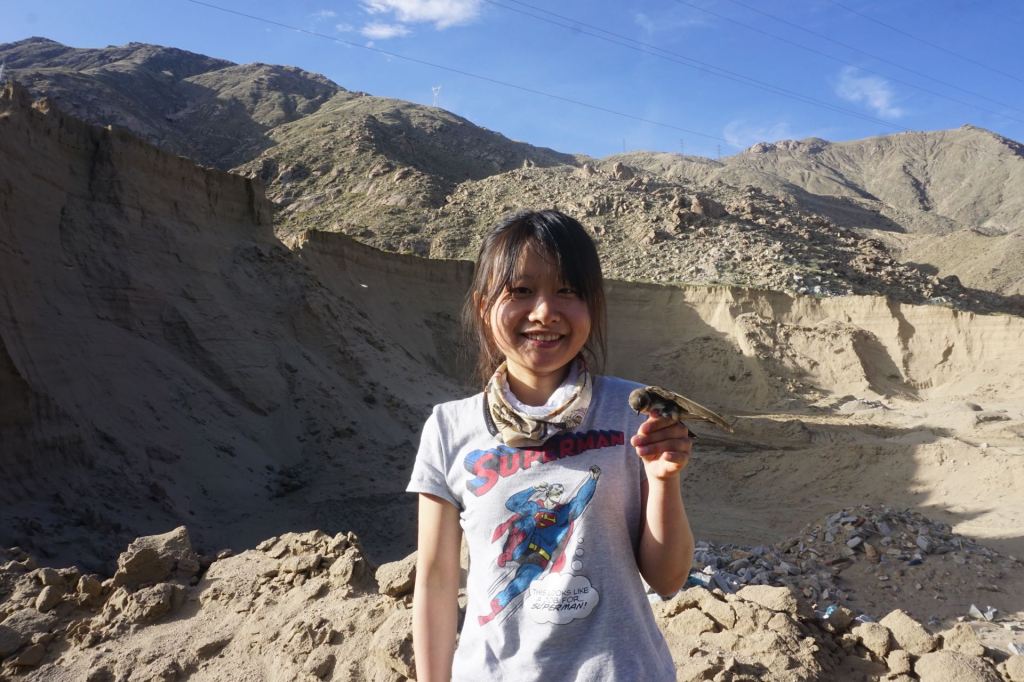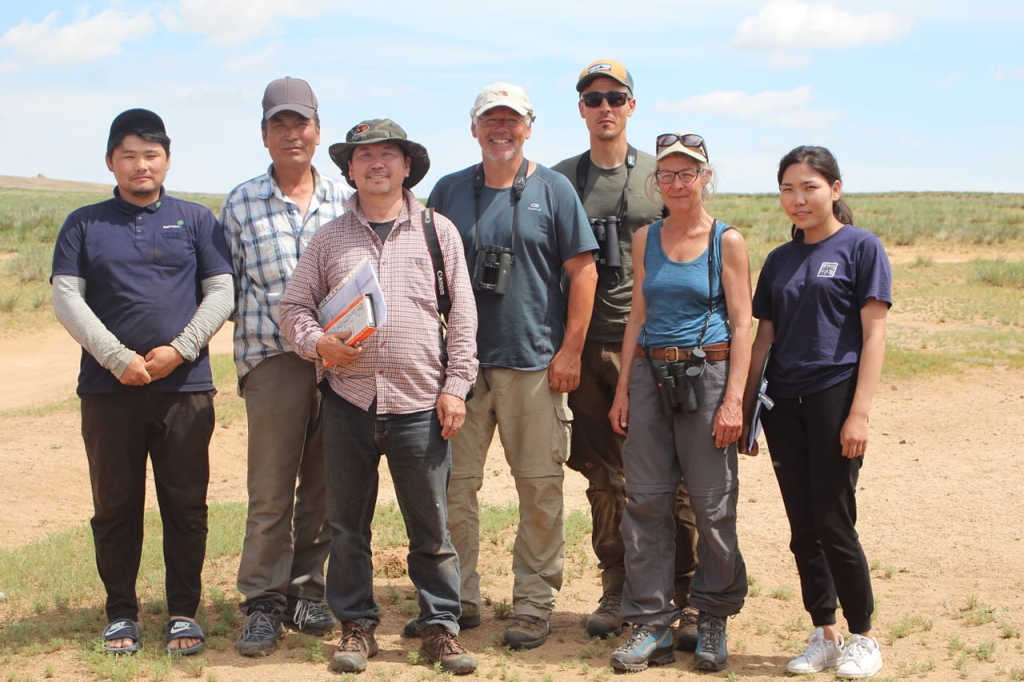In a recent paper in Molecular Ecology, Tang et al. investigated genetic divergence of different subspecies of pale sand martin (Riparia diluta) using genome-wide data. They found that the subspecies in Central and East Asia, which vary only gradually in morphology, broadly represent three genetically differentiated lineages. No signs of gene flow were detected between two lineages that met at the eastern edge of the Qinghai-Tibetan Plateau, which is likely due to largely different breeding and migration timing. Limited mixed ancestries were found in Mongolian populations between two lineages that might take divided migration routes around the Qinghai-Tibetan Plateau, and the authors hypothesize that selection against hybrids with nonoptimal migration routes might restrict gene flow. See the full article for more details of the study and the interview with lead author Manuel Schweizer below for more stories behind this exciting work.

What led to your interest in this topic / what was the motivation for this study? I studied pale sand martin in Central Asia as part of the work on a field guide to the birds of Central Asia, which was published in 2012. I was then fascinated by the fact that the different subspecies described for this species breed in completely different environments: Central Asian steppes and semi deserts, high altitude grasslands on the Qinghai-Tibetan Plateau, or lowland subtropical China. Although it was evident that morphological identification of single individuals of the different subspecies without context is not possible, I suspected that cryptic diversity might be involved in this complex. This was corroborated by mtDNA data that we published in 2018. Together with Gerald Heckel and our PhD student Qindong Tang, I wanted to investigate this further using genome-wide data and test if gene flow is reduced in areas of potential contact between evolutionary lineages.

What difficulties did you run into along the way? The biggest challenge was to get a comprehensive geographic sampling together. As pale sand martins breed in low densities only, this meant a lot of travelling. Fortunately, we could count on the great support of our collaboration partners and their network – Yang Liu from Sun Yat-sen University in Guangzhou, China, and Gombobaatar Sundev from the National University of Mongolia. Moreover, Qindong Tang made an incredible effort and did an excellent job during the fieldwork.
What is the biggest or most surprising innovation highlighted in this study? Given the absence of obvious sexually selected traits and only gradual morphological differentiation between the different evolutionary lineages of the pale sand martin, the level of genetic differences and the fact that they behave like different species at least at the eastern edge of the Qinghai-Tibetan Plateau is indeed surprising. So, we were left with the following question: what processes and mechanism prevent a complete mixing at secondary contact zones? We think that seasonal migration behavior might be an essential factor in maintaining genetic integrity of these morphologically cryptic evolutionary lineages.
Moving forward, what are the next steps in this area of research? The next step is evident: we need to study in detail migration behavior of the different lineages. The ranges of two of them meet in the area of a well-known avian migratory divide, where western lineages take a western migration route around the Qinghai-Tibetan Plateau to winter quarters in South Asia, and eastern lineages take an eastern route to Southeast Asia. This might also be the case in the pale sand martins and we hypothesize that hybrids might have nonoptimal intermediate migration routes and selection against them might restrict gene flow. This will need quite some field work and application of up-date technologies such as modern data loggers. Let’s hope that the development of the pandemic will allow field work again soon.
What would your message be for students about to start developing or using novel techniques in Molecular Ecology? It is best to get started and not be intimidated or even afraid. The easiest way to learn new methods is to start using them. It is also important to build a network of people who can be asked for support when problems arise.
What have you learned about methods and resource development over the course of this project? As always in studies with a phylogeographic background, sampling matters most. Try to organize a complete geographic sampling in the beginning of a project. Sampling in parts of the distribution area of our study system was planned in the third year of Qindong’s PhD, however, this could not be achieved due to the pandemic. As a consequence, we still lack samples from western Mongolia which would have been important and made the overall picture more comprehensive. This work did not include any development of new methods, however, a knowledge of state-of-the art methodological approaches is obviously always crucial.
Describe the significance of this research for the general scientific community in one sentence. Our study points towards contrasting migration behavior as an important factor in maintaining evolutionary diversity under morphological stasis.
Describe the significance of this research for your scientific community in one sentence. Our discovery of cryptic diversity in the pale sand martin indicates that evolutionary diversity might be underestimated even in such well-studied groups such as birds, and it suggests that it is worth having a closer look at widespread species occurring in different environments.



Tang Q, Burri R, Liu Y, Suh A, Sundev G, Heckel G, Schweizer M. 2022. Seasonal migration patterns and the maintenance of evolutionary diversity in a cryptic bird radiation. Molecular Ecology. https://doi.org/10.1111/mec.16241.
